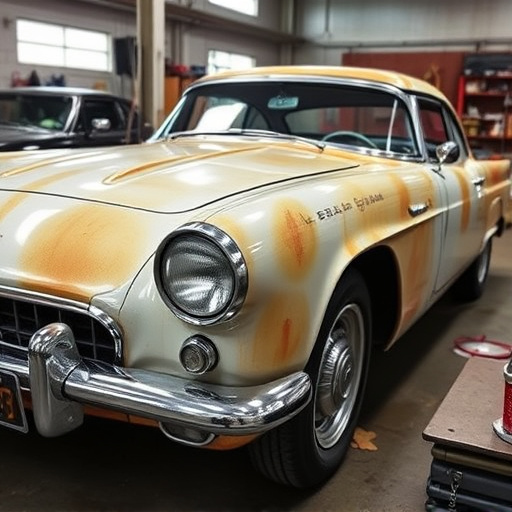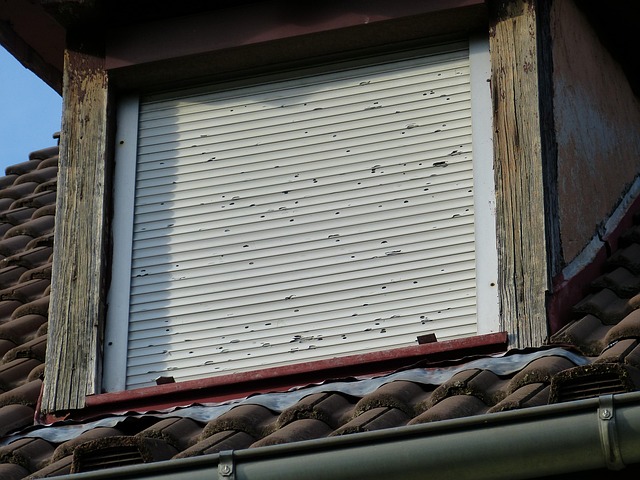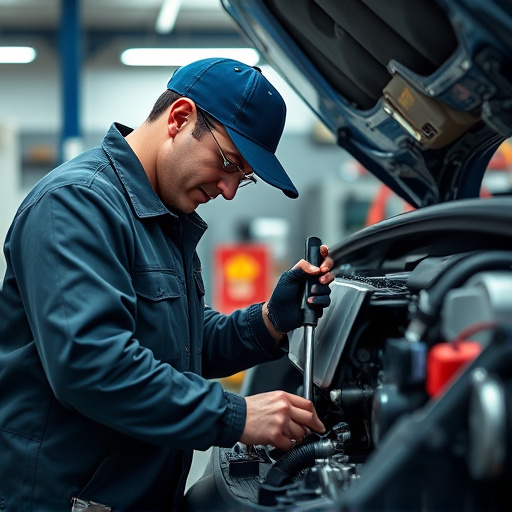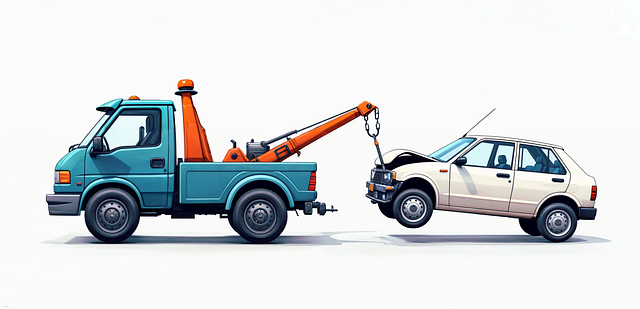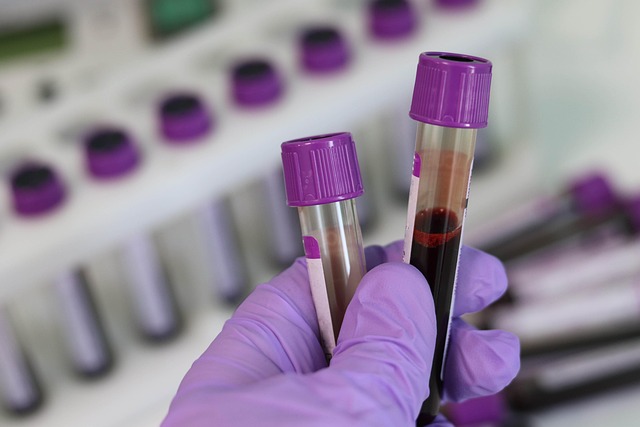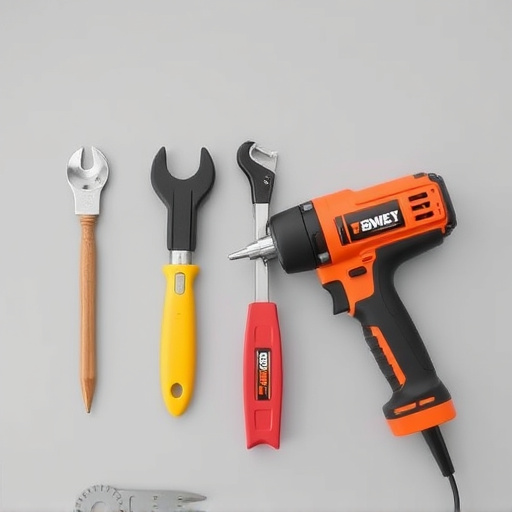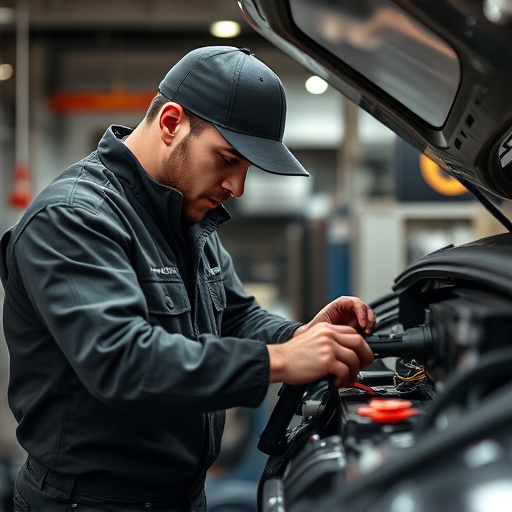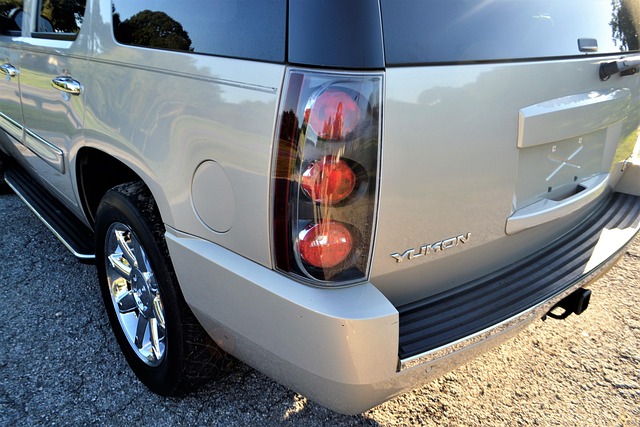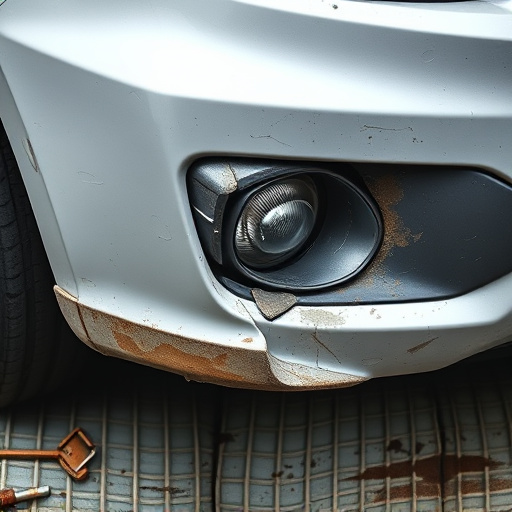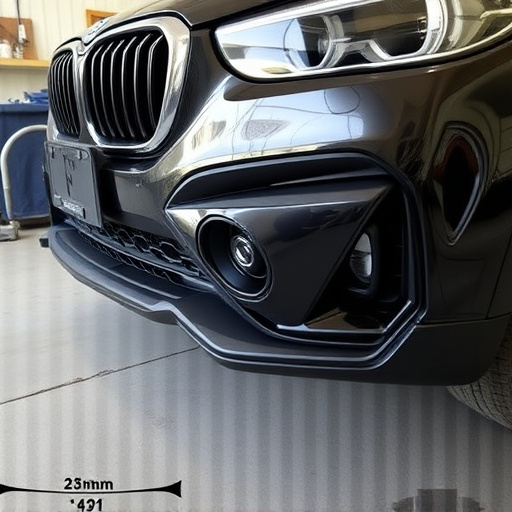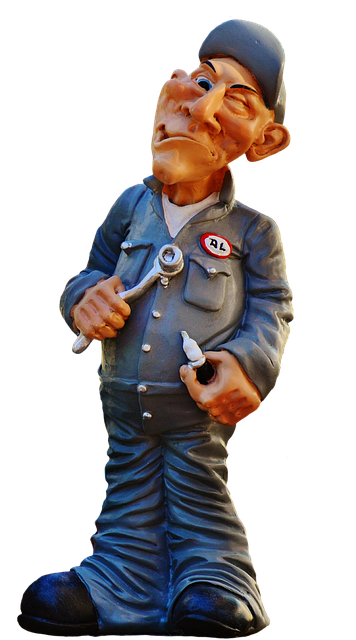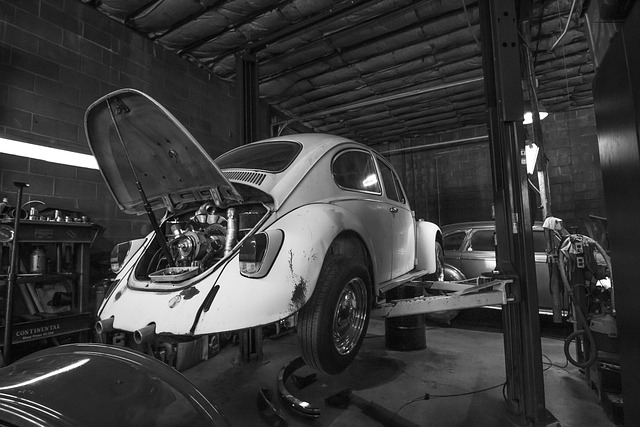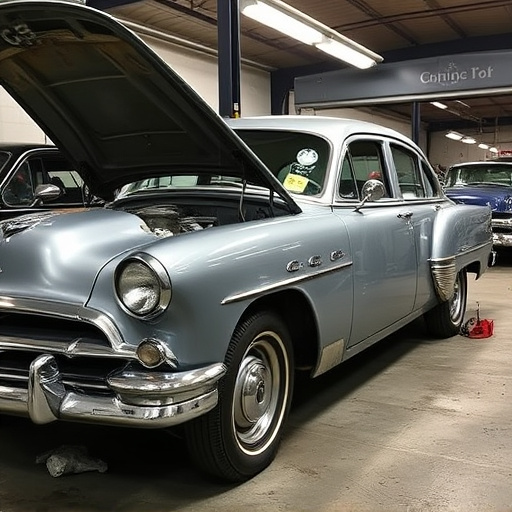After a storm or high-wind event, assess wind damage to your vehicle before engaging auto body services. Inspect key components like roof, doors, hood, and windshield for dents, scratches, cracks, or structural compromise. If unsure, consult a professional auto body shop offering collision repair services. Prepare with documentation and have reliable services in mind for high-quality, cost-effective repairs. Implement proactive maintenance post-repairs through regular washing, dedicated car care products, and secure parking to prevent future damage.
Before undergoing wind damage auto body repair, there are crucial steps to take. First, assess the extent of wind damage to your vehicle—cracked windows, dented panels, or even structural shifts. Next, prepare by gathering necessary documents and estimating repair costs. Once ready, choose a reputable auto body shop equipped to handle wind damage. After repairs, implement post-maintenance care and preventive measures like regular washing and waxing to ensure optimal protection against future wind damage.
- Assessing Wind Damage to Your Vehicle
- Preparing for Auto Body Repair
- Post-Repair Maintenance and Prevention Tips
Assessing Wind Damage to Your Vehicle

After a storm or high-wind event, it’s crucial to assess your vehicle for wind damage before proceeding with any auto body services. Start by conducting a thorough inspection, both visually and using specialized tools if available. Look for dents, scratches, cracked or missing parts, as well as any signs of structural compromise. Wind damage can range from minor cosmetic issues to severe structural damage, so it’s essential to identify all affected areas accurately.
Focus on key components like the roof, doors, hood, and windshield. Check for loose or misaligned panels, and assess the integrity of seals and gaskets. If you’re unsure about any damage, consult with a professional automotive body shop. They can provide expert advice and estimate the scope of work required, whether it’s simple vehicle paint repair or more complex automotive collision repair.
Preparing for Auto Body Repair
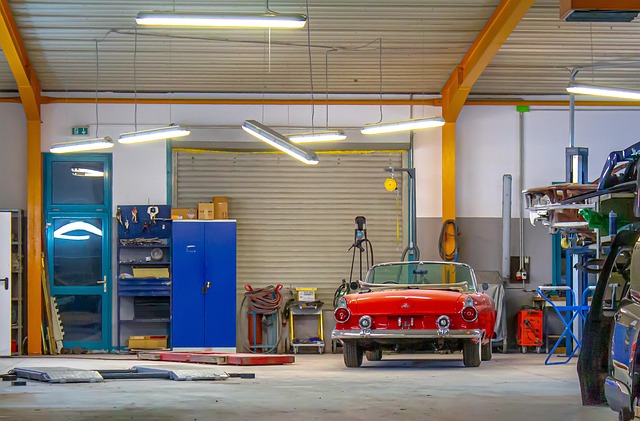
Before engaging wind damage auto body services, preparing your vehicle and yourself is crucial. The first step involves assessing the extent of the wind damage to determine if it’s minor or severe. Minor damages may include broken headlights, chips in the windshield, or dented panels, while severe damages could mean collapsed roofs, completely shattered windows, or major structural issues. For severe cases, it’s best to consult with a professional auto body shop offering collision repair services.
During preparation, gather all necessary documentation related to your vehicle’s history and previous repairs. This information will be invaluable when dealing with insurance claims. Additionally, ensure you have reliable collision repair services in mind, as this decision can impact the quality and cost of your auto body work. Remember, proper preparation not only ensures smoother post-damage restoration but also helps you make informed decisions about your vehicle’s care.
Post-Repair Maintenance and Prevention Tips
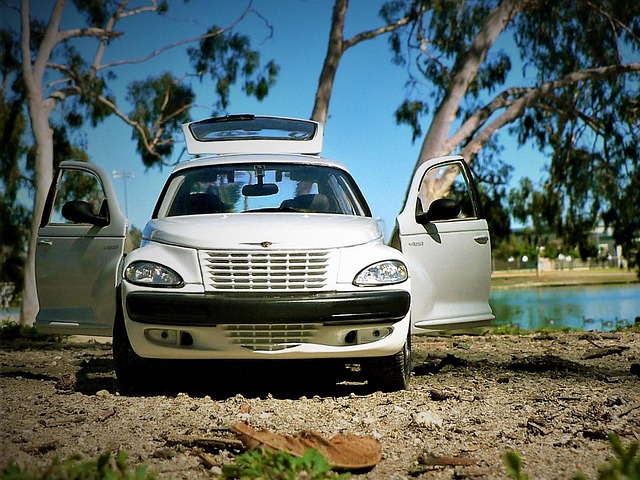
After your wind damage auto body repairs are complete, it’s crucial to implement ongoing maintenance and prevention strategies to safeguard your vehicle’s bodywork against future damage. Regular washing and detailing can help protect the paint job and identify any new scratches or dents early on. Using dedicated car care products designed for various weather conditions will enhance durability.
Additionally, keeping your vehicle parked in a secure, covered area when possible reduces exposure to flying debris and harsh environmental factors. If you operate a vehicle in areas prone to severe weather, consider routine inspections by a professional vehicle body shop to ensure any potential issues are addressed promptly. This proactive approach to car scratch repair and general vehicle maintenance will contribute to preserving the overall aesthetic and value of your vehicle’s bodywork over time.
Before undergoing wind damage auto body repairs, carefully assess the extent of the damage, prepare your vehicle for the repair process, and consider long-term maintenance and prevention strategies. By following these steps, you’ll ensure a smoother transition back to a safe and reliable vehicle. Remember, regular upkeep and prompt attention to wind damage can significantly reduce the need for extensive auto body repairs in the future.
